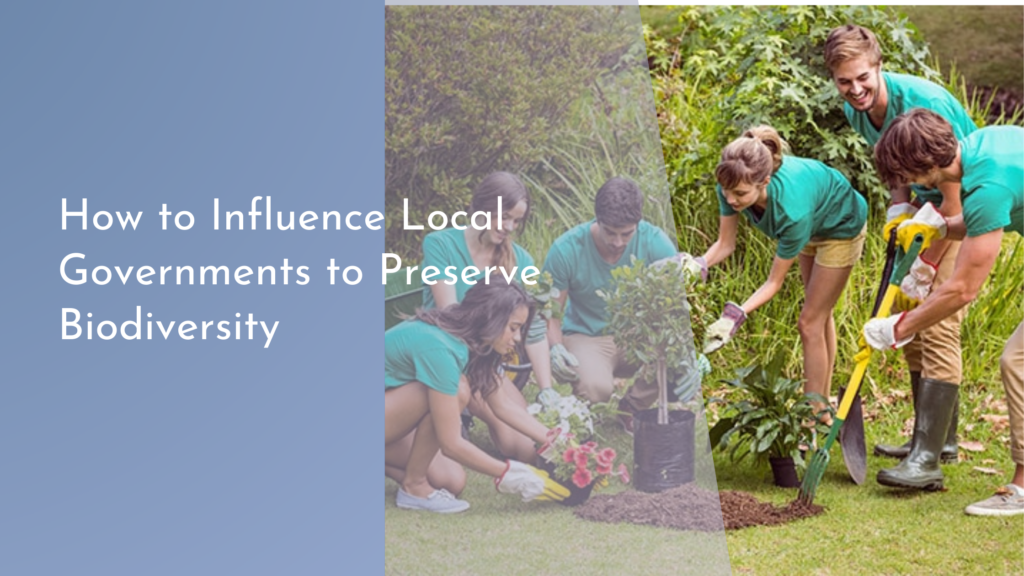Agroforestry for Community-Based Timber-Fruit Plantations
Agroforestry is a harmonious blend of agriculture and forestry that presents a sustainable path forward for communities seeking both ecological balance and economic benefits. By integrating trees, crops, and sometimes livestock into a single, productive landscape, agroforestry systems can yield a variety of resources while enhancing biodiversity and soil health. One exciting application of this method is the establishment of community-based timber-fruit plantations, which not only provide timber and fruit but also foster strong social ties among community members. Join us as we explore the joys of agroforestry, its numerous benefits, and how you can take your first steps toward creating a thriving community around this sustainable practice.
Discover the Joy of Agroforestry for Sustainable Living
Agroforestry offers a unique opportunity to reconnect with nature while promoting sustainable living. By incorporating trees into agricultural landscapes, communities can cultivate a diverse array of plants and animals that enhance food security and biodiversity. The joy of witnessing the growth of fruit-bearing trees alongside timber species can be immensely satisfying, as these systems provide a continuous yield throughout the year. Imagine enjoying a bountiful harvest of delicious fruits while knowing that you are also contributing to a healthy ecosystem!
Moreover, agroforestry practices are often deeply rooted in local culture and traditions, bringing communities together. Families can gather to plant, harvest, and celebrate the fruits of their labor, creating a sense of belonging and stewardship over the land. These practices can not only improve livelihoods through diversified income sources but also promote educational opportunities, allowing community members to learn about sustainable practices and the importance of conservation. Embracing agroforestry can truly transform lives and landscapes.
Benefits of Community-Based Timber-Fruit Plantations
Community-based timber-fruit plantations offer a myriad of benefits that extend beyond mere economic gains. One of the most significant advantages is the enhanced resilience of local ecosystems. By planting a variety of tree species alongside fruit crops, these plantations can better withstand the impacts of climate change, pests, and diseases. The symbiotic relationships formed in these environments can lead to healthier soil, improved water retention, and increased biodiversity, creating a more robust ecosystem for future generations.
In addition to ecological benefits, these plantations can generate substantial income for communities. Timber and fruit production can create job opportunities, foster local businesses, and reduce dependence on external markets. By working together, community members can share resources, knowledge, and labor, leading to lower costs and increased outputs. Ultimately, community-based timber-fruit plantations represent a sustainable strategy for economic empowerment while promoting environmental stewardship.
How to Get Started with Your Own Agroforestry Project
Starting your own agroforestry project may seem daunting, but with the right approach, it can be a fulfilling endeavor! Begin by assessing your land’s suitability for agroforestry practices. Consider factors such as soil quality, sunlight availability, and water resources. Engaging with community members is crucial; gather their input and interest to build a supportive network that can share the workload and responsibilities. Research native tree and fruit species that flourish in your area, as planting indigenous species can enhance biodiversity and resilience.
Once you have a plan in place, create a timeline for implementation. Begin with small-scale planting and expand as your skills and knowledge grow. Regular workshops and educational sessions can help community members learn about agroecological practices, such as crop rotation, companion planting, and organic pest management. Collaboration and teamwork will not only make the project more enjoyable but will also strengthen community bonds, ensuring that everyone feels invested in the success of the agroforestry initiative.
Success Stories: Thriving Communities through Agroforestry
Across the globe, numerous communities have embraced agroforestry, witnessing remarkable transformations in their landscapes and livelihoods. For instance, a village in East Africa initiated a community-based timber-fruit plantation that not only provided a consistent food source but also led to financial independence. The villagers pooled their resources to cultivate fruit trees, such as mangoes and avocados, alongside timber species. This not only diversified their income streams but also improved food security and nutrition within the community.
Another heartwarming success story comes from a small rural community in South America, where a group of farmers adopted agroforestry practices to reclaim degraded land. By planting mixed-species agroforestry systems, they rejuvenated their soil and increased biodiversity. As a result, they not only harvested an abundance of fruits and timber but also attracted wildlife and improved local water quality. The project inspired neighboring communities to consider similar initiatives, creating a ripple effect of sustainability and cooperation. These stories highlight the potential of agroforestry to empower communities and lead to thriving ecosystems.
Agroforestry represents a joyful and sustainable path for communities eager to protect their environment while enhancing their livelihoods. Through community-based timber-fruit plantations, individuals can experience the sweet rewards of nature while fostering greater social connections. The journey of starting your own agroforestry project is filled with opportunities for learning, collaboration, and growth. As you embark on this exciting venture, remember the success stories of others who have transformed their lives through agroforestry, and find inspiration in the collective power of community action. Together, let’s cultivate a greener, happier future!

